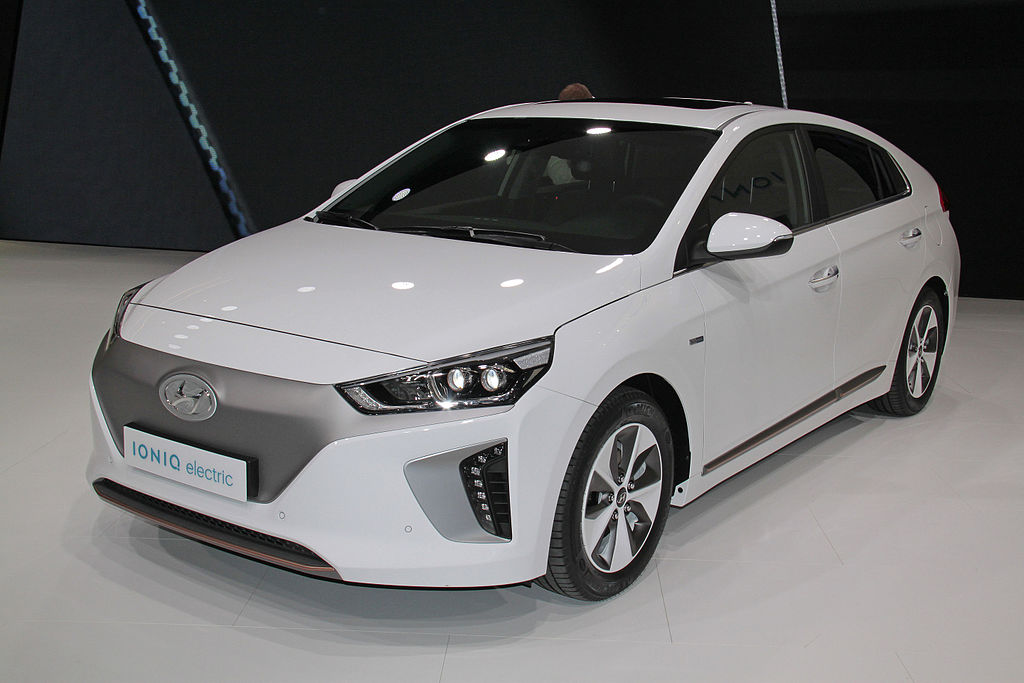Hyundai Motor on Monday said that it has developed three technologies to manage the air quality in vehicles.
These three technologies are After Blow, Multi-Air Mode, and Fine Dust Indicator, as the automaker states. The ‘After Blow’ keeps evaporator dry to suppress mold growth, ‘Multi-Air Mode’ disperses air to decrease direct air contact, while the ‘Fine Dust Indicator’ displays air quality data in real-time.
As Hyundai states, these technologies will be introduced to upcoming new cars from the brand. These technologies will be also available throughout the cars from Kia and Genesis brands as well, Hyundai said in a release.
As Hyundai informs, the After-Blow technology dries the condensate on the evaporator and suppresses mold development in the air conditioning system. After the engine is switched off and the condensate on the evaporator drains naturally for about half an hour, ‘After-Blow’ activates for about 10 minutes to dry the evaporator and any condensate leftover in the air passage. With this, the air-conditioning system automatically permits an influx of outside air during this time to avoid humidity from building up.
It uses an intelligent battery sensor (IBS) to watch over the battery and stops functioning when the battery is running low, allaying any concerns regarding battery discharge.
The Multi-Air Mode technology uses multiple vents for air conditioning and heating to form a more pleasant indoor environment with a gentle wind. With this mode being activated, the air is dispersed to the recently added multi-air slots in the driver and passenger seats in addition to the normal air vents.
The Fine Dust Indicator technology measures the air inside the automobile in real-time and provides digitized information, letting the driver to better manage the air quality.


